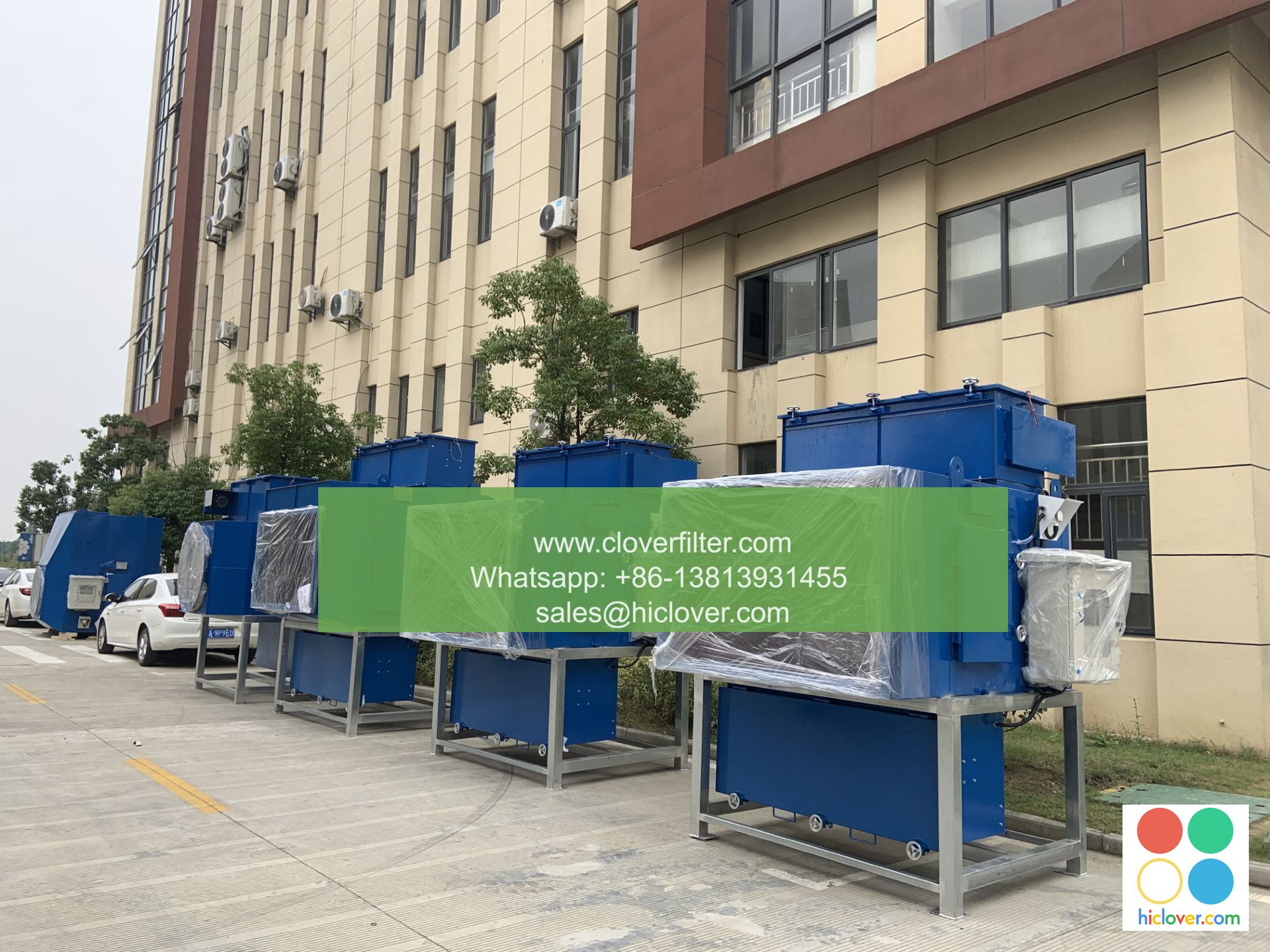Air Filters 101: A Beginner’s Guide to Reducing Aerosol Contamination

Air Filters 101: A Beginner’s Guide to Reducing Aerosol Contamination
What are Air Filters?
Air filters are designed to capture airborne particles, gases, and microorganisms that can contaminate the air we breathe. These filters play a crucial role in maintaining good indoor air quality (IAQ) and are essential in various settings, including residential, commercial, and industrial environments.
How Do Air Filters Work?
Air filters work by using a combination of physical and mechanical methods to remove aerosol contaminants from the air. The filter’s medium, usually made of fibers, foam, or activated carbon, traps particles and pollutants as air passes through it. The filter’s design and pore size determine the type and amount of contaminants it can capture.
Types of Air Filters
There are several types of air filters, each designed for specific applications and filter classes. Some common types of air filters include:
- HEPA (High Efficiency Particulate Air) filters: Designed to capture 99.97% of particles as small as 0.3 microns, including dust, pollen, and smoke.
- Activated Carbon filters: Effective against gases, odors, and chemicals, often used in applications where chemical pollutants are present.
- Antimicrobial filters: Designed to capture microorganisms, such as bacteria and viruses, and are often used in healthcare settings.
- MERV (Minimum Efficiency Reporting Value) filters: Rated on a scale of 1-20, MERV filters capture particles ranging from 0.3 to 10 microns and are commonly used in residential and commercial settings.
Applications of Air Filters
Air filters are used in various settings to reduce aerosol contamination and improve indoor air quality. Some common applications include:
- Residential: Air filters are used in residential settings to improve indoor air quality, reduce allergy and asthma symptoms, and capture pet dander and smoke particles.
- Commercial: Air filters are used in commercial settings, such as offices and retail spaces, to improve indoor air quality, reduce odors, and capture particles and pollutants.
- Industrial: Air filters are used in industrial settings, such as manufacturing facilities and laboratories, to capture particles and pollutants, reduce odors, and improve IAQ.
- Healthcare: Air filters are used in healthcare settings, such as hospitals and clinics, to capture microorganisms, reduce the spread of airborne diseases, and improve IAQ.
Benefits of Using Air Filters
Using air filters can provide numerous benefits, including:
- Improved Indoor Air Quality: Air filters can reduce particles, gases, and microorganisms in the air, improving indoor air quality and reducing health risks.
- Reduced Allergy and Asthma Symptoms: Air filters can capture allergens and pollutants, reducing symptoms of allergies and asthma.
- Increased Energy Efficiency: Clean air filters can improve the efficiency of HVAC systems, reducing energy consumption and costs.
- Extended Equipment Life: Clean air filters can reduce the risk of equipment damage and extend the life of HVAC systems.
Conclusion
Air filters play a critical role in maintaining good indoor air quality and reducing aerosol contamination. By understanding the different types of air filters, their applications, and benefits, individuals can make informed decisions about using air filters in their residential, commercial, or industrial settings. Whether used to improve IAQ, reduce health risks, or increase energy efficiency, air filters are an essential component of maintaining a healthy and comfortable environment.
I’m happy to help! What would you like to talk about or ask?

